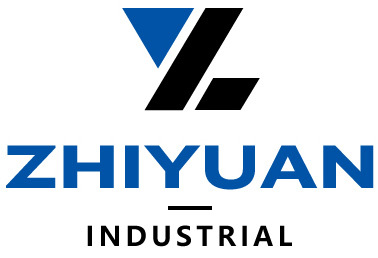What are the causes of porosity in aluminum alloy castings
Release time: 2024-11-27
Improper pouring temperature: If the pouring temperature is too low
The main reasons for porosity in aluminum alloy castings include the following aspects:
Improper pouring temperature: If the pouring temperature is too low, some tissues in the aluminum alloy may not be completely dissolved, resulting in bubbles; If the pouring temperature is too high, it will cause the aluminum alloy to overheat, which is prone to grain growth and the formation of bubbles.
Excessive metal impurities: Raw materials or recycled materials contain a large amount of oxides and other impurities, which release gases during the melting process, leading to the formation of pores.
Gas dissolution: During the melting process, aluminum may absorb moisture from the air, form hydrogen gas, and dissolve in the aluminum liquid. If the refining process is improper, hydrogen cannot be completely discharged, resulting in the formation of pores during cooling.
Unreasonable process parameter settings, such as too fast material pouring, too high punch speed, and disorderly filling of metal liquid, can make it easier for the metal liquid to be drawn into the air, increasing the risk of porosity.
Unreasonable mold design: Improper gate position and guide shape, poor exhaust, etc. can all lead to the inability of gas to be smoothly discharged, forming pores.
Material quality: The chemical composition of aluminum alloy is unstable, and if the silicon content is too high, it can also lead to the formation of pores.
The measures to prevent air holes include:
Control material quality: Select dry and clean alloy materials, strictly follow operating procedures, and avoid the introduction of gases.
Preferred coatings and release agents: Choose coatings and release agents with low volatile gases, and apply them evenly to reduce gas entrapment.
Reasonably design the pouring system: avoid turbulent flow of metal liquid during the filling process, and ensure smooth gas discharge.
Previous page:
Related Blog
Process flow of aluminum rod melting and casting workshop
The process flow of the aluminum rod melting and casting workshop includes the following main steps
2024-11-27 16:12
What is aluminum alloy melting and casting equipment
Aluminum alloy melting and casting equipment is a key device used for producing aluminum alloy castings
2024-11-27 16:12
What is the aluminum rod casting process?
Aluminum rod casting process is a process of heating aluminum material to its melting point
2024-11-27 16:12
Low density: The density of aluminum is about 2.7 g/cm ³, which is lighter than most metals.
2024-11-27 14:56
The main processes and equipment of aluminum processing
Ingredients: Prepare raw materials according to demand.
2024-11-27 14:57






